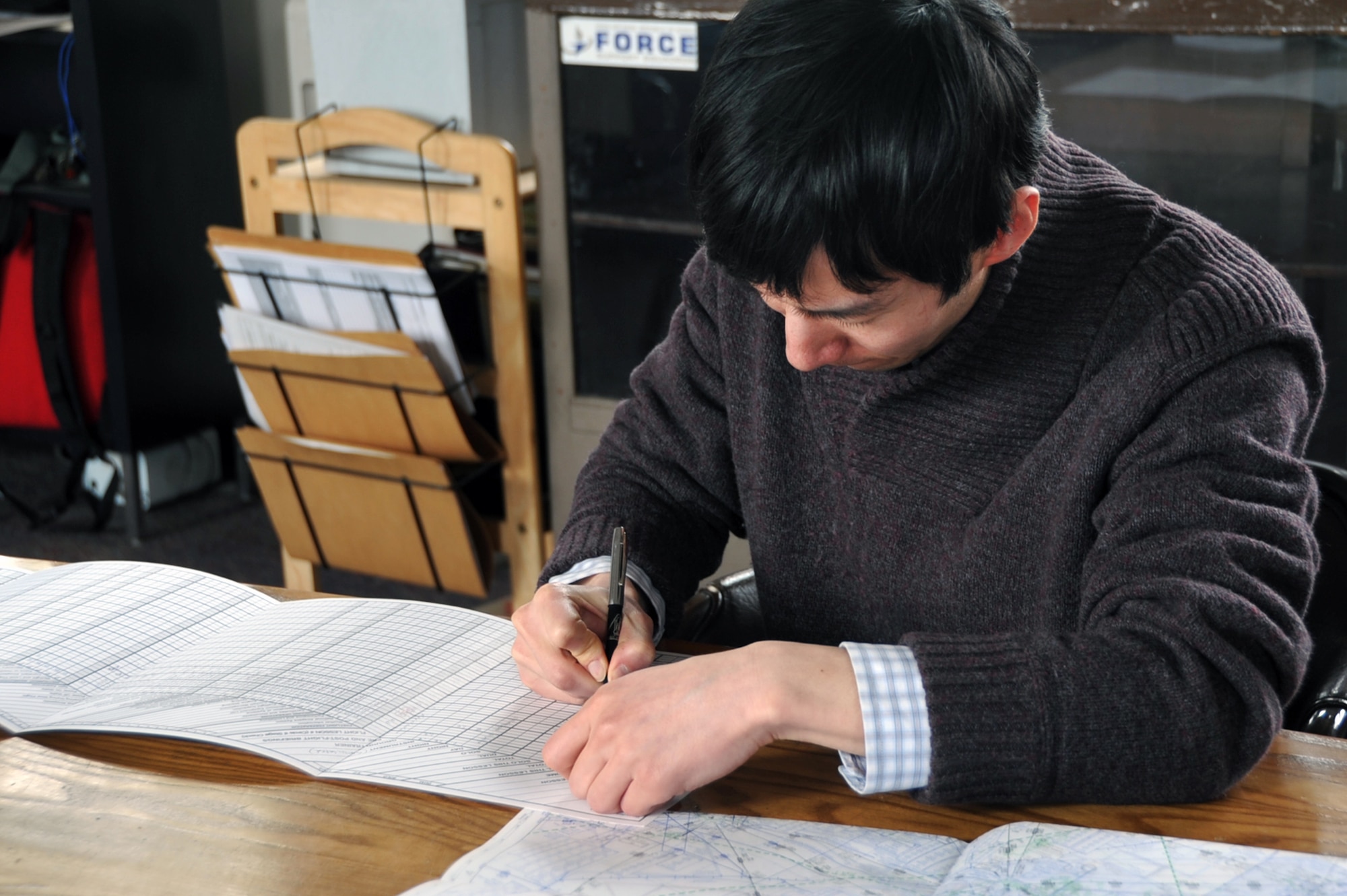
Introduction
Private flight services have emerged as a significant phase of the aviation trade, catering to a diverse clientele that features business executives, celebrities, and affluent people searching for convenience, consolation, and suppleness. If you liked this short article and you would like to receive even more facts regarding private jets for rent kindly browse through the web page. This research report delves into the various aspects of private flight services, exploring their operational dynamics, market developments, customer preferences, and the longer term outlook of this burgeoning business.
Overview of Private Flight Services
Private flight services encompass a spread of aviation choices, including charter flights, fractional possession, jet cards, and air taxi companies. Unlike industrial airways, private flights provide bespoke journey experiences, permitting clients to customise their itineraries, select their aircraft, and enjoy exclusive amenities.
- Charter Flights: These are on-demand flights that may be booked by individuals or teams. Charter providers function a fleet of aircraft that may be employed for specific trips, offering flexibility in scheduling and locations.
- Fractional Ownership: This mannequin permits multiple owners to share the prices and utilization of a private jet. House owners purchase a share of the aircraft, which entitles them to a sure variety of flight hours every year.
- Jet Cards: Jet card applications supply pre-paid flight hours on a selected type of aircraft. Clients can buy a set number of hours and enjoy assured availability, usually at a set hourly price.
- Air Taxi Providers: These companies deal with brief-haul flights, providing quick and efficient transport to regional destinations. Air taxis usually make the most of smaller aircraft and helipads, enhancing accessibility.
Market Developments
The private flight services market has witnessed vital growth over the past decade, pushed by several components:
- Elevated Demand for Enterprise Travel: As globalization expands and businesses seek to function on a world scale, the demand for environment friendly travel choices has surged. Private flights offer a time-saving different to commercial air travel, allowing executives to attend conferences in multiple locations within a single day.
- Technological Advancements: Innovations in aviation technology have improved the security, effectivity, and comfort of private flights. Enhanced navigation techniques, gasoline-environment friendly engines, and superior cabin designs have made private flying extra appealing to consumers.
- Well being and Security Issues: The COVID-19 pandemic has heightened awareness of health and safety in air journey. Private flights provide a controlled setting, minimizing exposure to giant crowds and enhancing passenger security.
- Emergence of new Gamers: The market has seen the entry of new operators, together with tech-driven startups that provide app-based mostly booking providers. These companies have made private flying extra accessible to a broader viewers, including those that might not have beforehand considered it.
Buyer Preferences
Understanding customer preferences is essential for private flight service suppliers. A number of key factors affect clients' decisions when choosing private flight services:
- Flexibility: Shoppers worth the flexibility to customise their journey itineraries. Private flights allow for final-minute modifications, a number of stops, and the choice to fly to non-commercial airports.
- Comfort and Luxurious: The amenities offered on private flights, equivalent to spacious cabins, gourmet catering, and personalized service, play a major role in attracting purchasers. High-web-worth people typically seek a luxurious journey expertise that commercial airways can't provide.
- Privateness and Safety: Many purchasers prioritize privateness and safety when touring. Private flights supply a discreet environment, away from the public eye, which is especially appealing to celebrities and excessive-profile individuals.
- Value Concerns: While private flights are generally dearer than commercial choices, purchasers are more and more on the lookout for value. Clear pricing, aggressive rates, and the flexibility to share costs by means of fractional ownership or jet cards are attractive options.
Regulatory Environment
The private flight services trade operates below a posh regulatory framework that varies by country. Key regulatory bodies, such because the Federal Aviation Administration (FAA) within the United States and the European Union Aviation Security Agency (EASA) in Europe, set stringent safety and operational standards for private aviation.
- Security Rules: Operators should adhere to strict safety protocols, including common upkeep checks, pilot coaching requirements, and compliance with air visitors regulations.
- Licensing and Certification: shared private jets charter flight operators should acquire the necessary licenses and certifications to operate legally. This consists of guaranteeing that pilots hold appropriate qualifications and that aircraft meet safety requirements.
- Environmental Laws: As environmental considerations grow, the aviation business faces growing strain to reduce its carbon footprint. Private flight operators are exploring sustainable practices, comparable to using biofuels and investing in additional gasoline-efficient aircraft.
Challenges Dealing with the Business
Despite the expansion potential, the private flight services industry faces several challenges:

- High Working Prices: The prices associated with sustaining aircraft, hiring certified personnel, and complying with regulatory necessities may be substantial. Operators should stability these prices while remaining aggressive in pricing.
- Market Competition: The entry of latest gamers and the proliferation of expertise-driven solutions have intensified competitors available in the market. Established operators should innovate and adapt to retain their shopper base.
- Economic Fluctuations: The demand for private flight services is often influenced by economic conditions. During financial downturns, companies could cut again on travel bills, impacting the private aviation sector.
- Public Notion: The perception of private flying as an elite service can deter potential clients. Operators must work to demystify private aviation and promote its accessibility to a wider audience.
Future Outlook
The future of private flight services seems promising, with several traits likely to shape the industry:
- Sustainability Initiatives: As environmental concerns take middle stage, private flight operators are expected to spend money on sustainable aviation applied sciences and practices. This includes exploring electric and hybrid aircraft, as well as carbon offset packages.
- Digital Transformation: The combination of expertise in booking and operational processes will proceed to evolve. Enhanced consumer experiences by cellular apps, actual-time monitoring, and personalized providers will turn out to be normal offerings.
- Elevated Accessibility: The rise of air taxi services and on-demand flight options will make private flying extra accessible to a broader demographic, together with younger travelers and those seeking unique journey experiences.
- Enhanced Security Protocols: The business will seemingly continue to prioritize security and health measures, adapting to new challenges and ensuring passenger confidence in private flight services.
Conclusion
In conclusion, private flight services signify a dynamic and evolving phase of the aviation industry. With rising demand, technological developments, and altering buyer preferences, the way forward for private aviation seems shiny. Nonetheless, operators should navigate challenges associated to costs, competitors, and public perception to thrive on this aggressive landscape. By embracing innovation and sustainability, the private flight services trade can continue to provide exceptional journey experiences while addressing the needs and concerns of its clientele.








